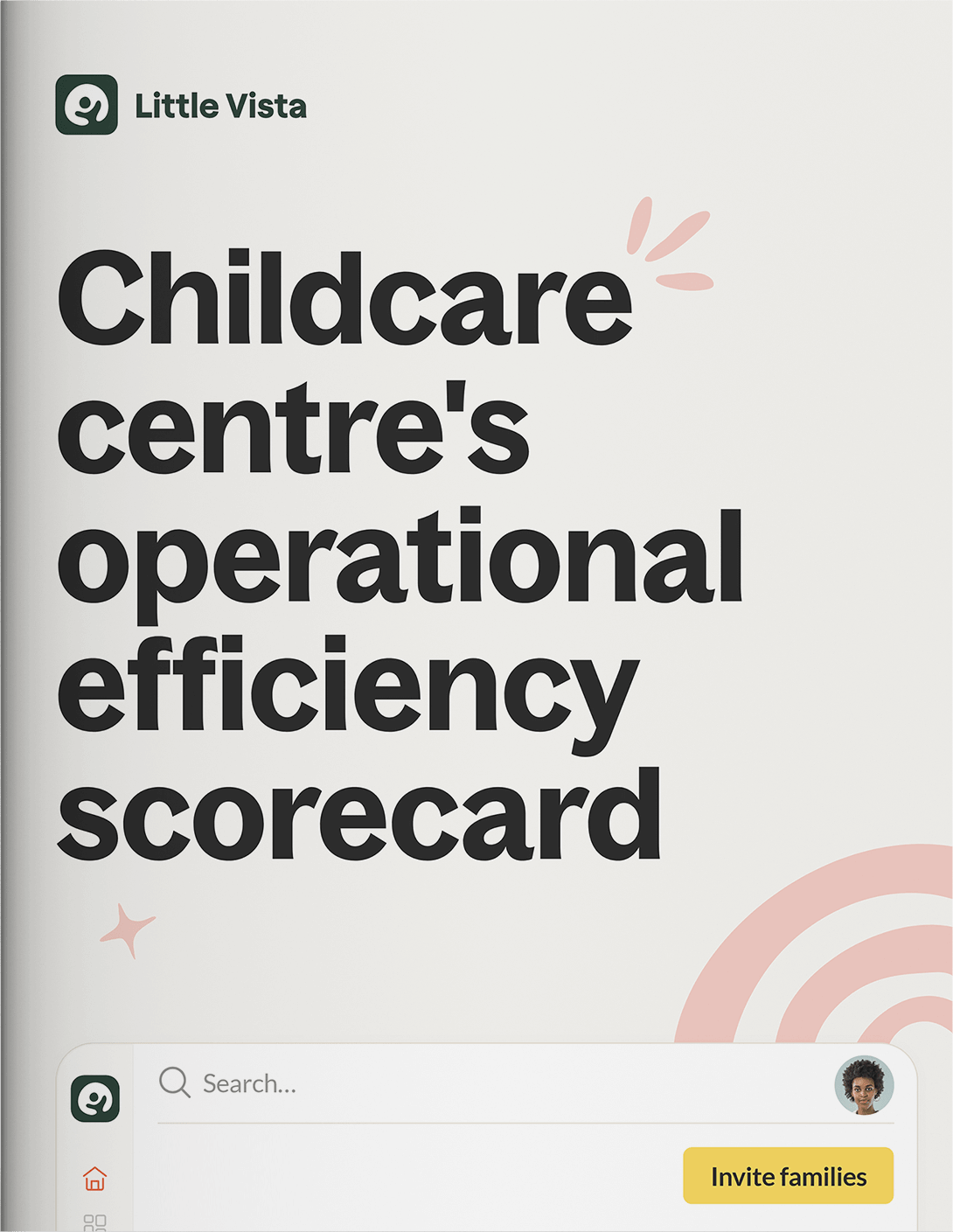
The Role of Technology in Nurturing Early Childhood Development

In such a digitally-rich society, it’s no surprise that technology now plays a vital role in nurturing early childhood development. From educational apps and games to virtual storytelling and creative expression, using technology in educational institutions and childcare settings offers a whole new range of opportunities to enhance learning and growth.
But just how beneficial is technology for enhancing the early childhood education experience?
In this blog, we’ll explore just some of the ways technology is transforming early childhood development, and how it benefits both children and educators.
1. Educational Apps and Games
While interactive play has always been important for early childhood development, educational apps and games are taking things to a whole new level. Offering engaging and interactive digital learning experiences that cater to different learning styles and needs, the right use of technology can be a game-changer for your childcare environment (literally!).
Here’s just some of the ways gamification and educational apps can be used in your childcare centre:
- Counting and numeracy: Apps that contain age-appropriate maths problems can help you introduce children to the concept of numeracy in a fun and interactive way.
- Language development: Language apps like Duolingo have now been adapted to include child-friendly programmes, giving you an opportunity to develop a child’s grasp on language, diversity, and culture from a young age.
- Science exploration: If you’re hoping to promote scientific curiosity in children, there are apps that guide children on how to carry out scientific experiments and familiarise themselves with concepts like STEM.
- Fine motor skills: With interactive games that balance both cognitive and physical abilities, your childcare centre can promote hand-eye coordination and fine motor skills in children.
2. Virtual Storytelling and Reading
Children are known for absorbing the world around them differently to adults. From the way they interpret complex topics to what they associate with certain experiences, their young minds are constantly processing information.
This is where ebooks and interactive storytelling apps come in. Opening the door to a world of imagination and literacy, visual storytelling and reading apps can encourage a love for reading and support lifelong learning.
But what should you keep in mind when using technology to promote a long-term connection to reading?
- Interactivity: Choose e-books with interactive features like clickable words, sound effects, and animations to make reading a more engaging experience.
- Range: Explore digital libraries that offer an extensive collection of ebooks and audiobooks for children of all ages.
- Consistency: Set aside dedicated time for both traditional reading and more interactive reading sessions to establish a well-balanced, consistent routine.
- Transparency: After reading alone, in pairs, or in larger groups, discuss the story and ask children to share their thoughts and ideas. This not only enhances their comprehension, it also encourages critical thinking.
Tip: While it’s good to allow children to choose subjects that align with their interests, remember to encourage the exploration of new topics to broaden their knowledge and promote curiosity.
3. Creative Expression
When it comes to creative expression, children often blossom at their own pace. But, thanks to technology, more children than ever have the opportunity to explore and expand their creative abilities in new ways.
For example, teaching methods that include digital art platforms and creative apps empower kids to unleash their inner artists, while also developing fine motor skills.
Here’s how using technology in education can promote creativity:
- Drawing and painting apps: Digital drawing apps offer a canvas for children to explore their artistic talents and build confidence in their abilities…without being penalised for wasting resources or getting paint on walls or surfaces!
- Music creation apps: Music creation apps can help introduce children to the world of music by allowing them to layer sounds, compose tunes, and explore musical expression.
- Animation software: Animation tools allow kids to bring their drawings and characters to life. They can experiment with movement and storytelling, enhancing their creativity and attention to detail.
- Coding and programming games: Educational coding games and apps can be a great foundation for future programming skills. As they create digital projects and uncover practical uses for numbers, children can learn to embrace technology and innovation.
Tip: Creative expression can also be hugely beneficial for the mental health of children. Especially in early learning, digital technology can provide a creative outlet that a developing child can use as a healthy coping mechanism for self-expression and emotional well-being.
4. Problem-Solving and Critical Thinking
For young children, educational technology and games can be an excellent platform for fine-tuning critical thinking and problem-solving skills. Engaging with puzzles, brainteasers, and interactive challenges through technology encourages children to approach challenges differently and develop their analytical abilities.
But, before leveraging technology in this way, here are some things to consider:
- Ensure that the education technology is age-appropriate and that learning materials are suitable for the child’s learning stage
- Teach children that it’s okay to make mistakes in games and that learning from them is part of the fun
- Monitor screen time and ensure a healthy balance with other activities to promote well-rounded development
- Encourage cooperative problem-solving by engaging in multiplayer games or activities with other children
5. Language Learning
Research suggests that learning a foreign language at an early age enhances core cognitive skills like reasoning, problem solving, and memory. Plus, it can improve first-language grammar, strengthen general communication skills, and promote cultural integration.
To encourage children to embrace new languages and culture, here are some ways technology can help:
- Multilingual apps: Explore language learning apps like Duolingo and Rosetta Stone that offer fun interactive lessons in a variety of languages.
- Cultural exploration: Use technology to explore different places and cultures through videos, music, Google Street View, and stories, promoting cultural awareness and tolerance.
- Virtual pen pals: Connect children with peers from different countries through online platforms to practise their language skills and build international friendships.
- Interactive language games: Utilise interactive language games and quizzes to make language learning fun and engaging.
6. Customised Learning
Technology has advanced in a way that allows for learning pathways to be adapted to each child’s unique needs. By providing a more customised learning experience, children can now learn at their own speed and style, building a strong academic foundation for the future.
For example, AI-driven technology is being used to aid early childhood education through:
- Adaptive learning apps: These apps assess a child’s skills and knowledge, enabling you to customise lessons to fill gaps and challenge each child appropriately.
- Progress tracking: AI technology allows you to monitor a child’s progress and identify areas where they may need additional support.
- Personalised content recommendations: AI algorithms can suggest educational materials, books, or apps that match a child’s interests and current learning level, helping you make the learning experience more enjoyable.
- Communication assessment and feedback: AI can assist you in evaluating a child’s language development and provide feedback to help improve vocabulary, pronunciation, and grammar skills.
Tip: Learning Management Systems (LMS) can be another good way to prepare young students for future learning experiences. These platforms provide a structured environment for educators, students, and parents to access educational materials and engage with a variety of subjects that can be customised to each child’s unique journey.
Leveraging the Power of Technology in Early Childhood Development
Technology resources play a crucial role in guiding and supporting both childcare providers and parents throughout a child’s development journey. But, the right technology can support more than childhood development.
Childcare management software like Little Vista streamlines communication and administration tasks, making it easier for childcare centres to manage their operations. It also enables educators, business owners, and parents to collaborate effectively, ensuring that children receive the best possible care.
Just some of the benefits of Little Vista’s childcare management software include:
- Efficient communication: Streamlined communication keeps educators, business owners, and parents connected, ensuring everyone is on the same page.
- Time and resource savings: Little Vista reduces the burden of administrative tasks, freeing up time for educators to focus on what matters most: providing quality care to children.
- Easy access to information: Little Vista enables you to access important information and updates in real-time, facilitating prompt responses to children’s needs and concerns.
- Customised learning: Using Little Vista’s platform, you can leverage technology to provide personalised learning experiences, ensuring that each child receives the support they need.
Embrace the power of technology, and together with Little Vista, create an environment where children thrive and reach their full potential.



